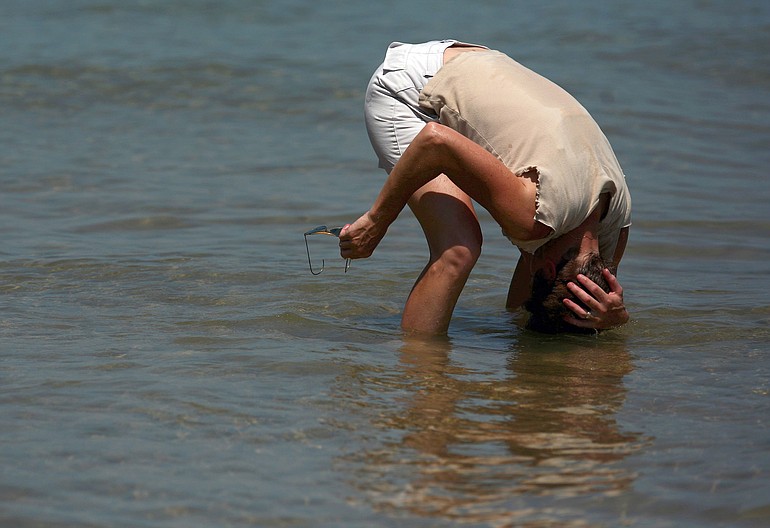As much of the country continues to swelter under a relentless heat wave, the Pacific Northwest remains locked in a mostly cool, cloudy weather pattern.
Neither seems willing to budge, because a strong ridge of high pressure camped out over the Midwest won’t allow it.
“What that does is, it kind of makes the progression of the weather patterns kind of stagnant,” said Tyree Wilde, a meteorologist with the National Weather Service in Portland.
The pattern has created a low-pressure trough over the eastern Pacific Ocean, sending unseasonably cool temperatures toward the Northwest. That trough won’t be able to move farther east until the high-pressure ridge in that direction breaks up, Wilde said.



